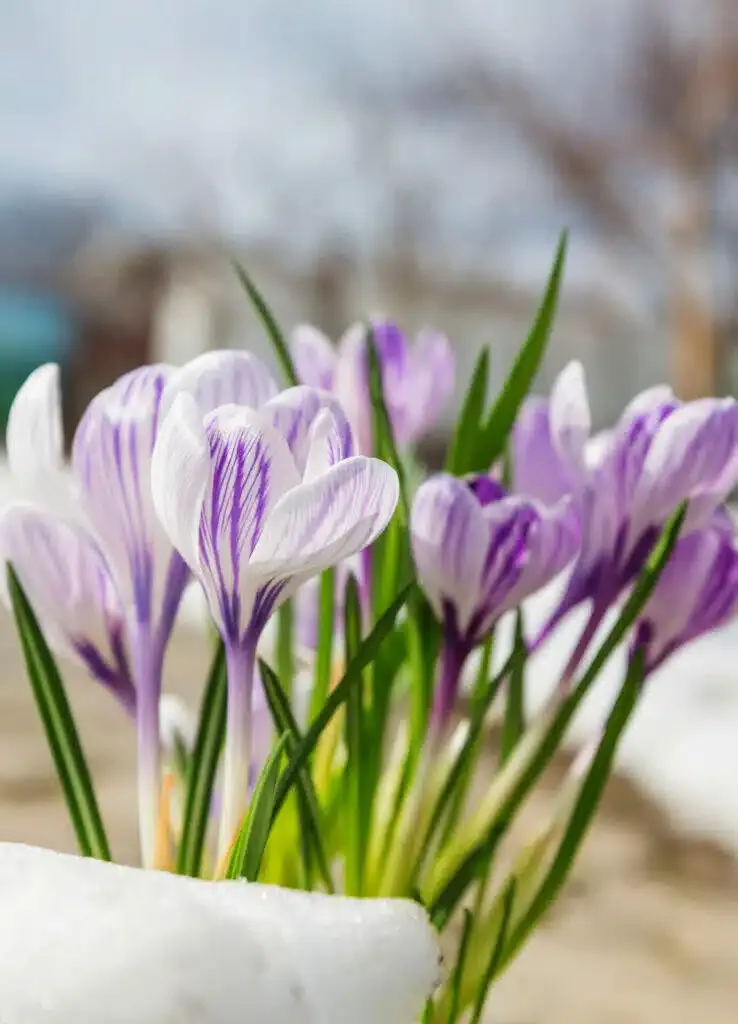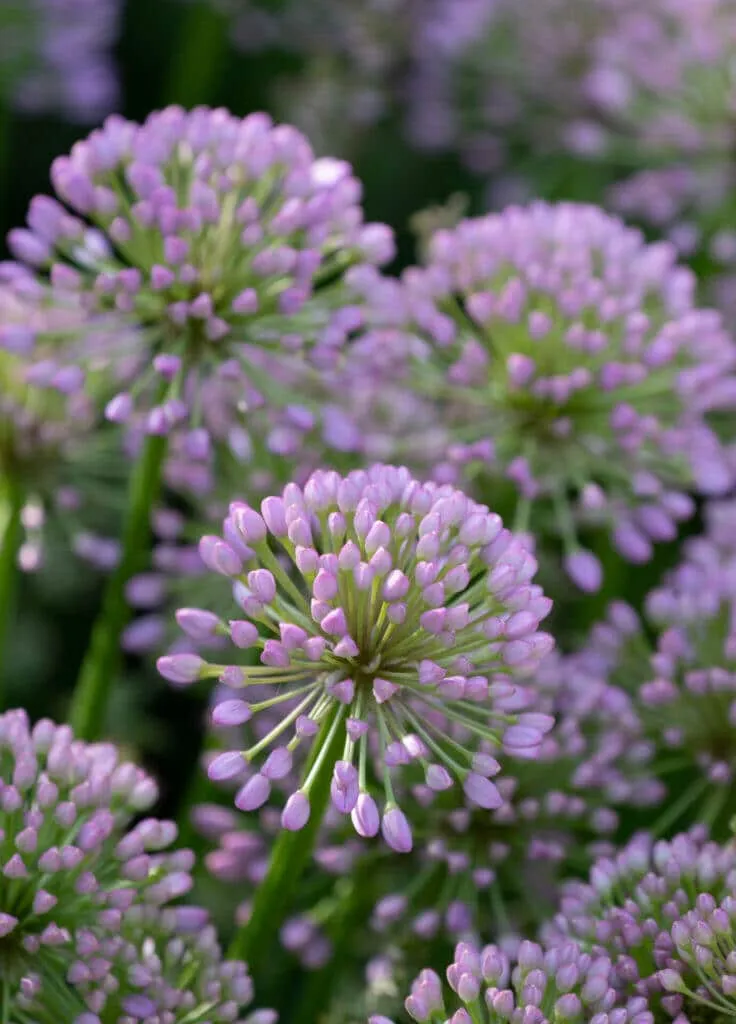Landscaping is often a taxing exercise on your patience, especially when planting bulbs! You won’t ever get instant gratification as you would with annuals, but you will get flowers in the spring—and right when you need it most, after the long winter blues.
Here’s one better! Most bulbs return year after year. So, if you do the job right the first time, you’ll have gorgeous spring colors for years to come.
A few tips: First, check your USDA Hardiness Zone to see if our picks will thrive in your climate. For example, the service area around our St. Louis, MO location is zone 6b. Then, plant bulbs with the flared end facing up in mid to late fall before the ground freezes. If you’re not sure which end of the bulb is up, which can happen with bulbs that are more squashed in appearance, plant them on their side. Mother Nature will do the rest!
Also, read the label to learn how deep you need to plant them. Flowering bulbs look better in a grouping rather than a single flower here and there, so be sure to plant several in the same hole.
Now, on to our top five picks:






Daffodils, also called narcissus, are some of the easiest bulbs to grow and are known for their dependability and wide array of blooms. Many would agree that this plant is a nostalgic spring flower due to its variety of bright yellow, pure white, and pale pink blooms. You can expect to see these friendly flowers bloom in the early to late spring.
Growing Zones: 3-8
Varieties to Try: Apricot Whirl, Dutch Mater, and Pink Pride.


Hyacinth comes in shades of white, blue, purple, and pink and has a distinctive sweet smell in early spring. Don’t worry, rodents and deer don’t like this one, even though it’s a wonderful aroma! This plant has very sturdy blooms that last for many weeks and come back year after year.
Growing Zones: 4-8
Varieties to Try: Peter Stuyvesant, Jan Bos








Crocuses are one of the earliest spring bloomers, often appearing when snow is still on the ground. The flowers are cup-shaped and come in various colors, including purple, white, yellow, and striped combinations. Crocuses are also vital in providing early-season nectar for bees and other pollinators, making them a beneficial addition to your flower beds!
Growing Zones: 6-9
Varieties to Try: Gipsy Girl, Pickwick, Grand Maitre
Tulips
Tulips are among the most popular and recognizable spring-blooming flowers worldwide, known for their distinctive cup-shaped blossoms. They come in almost every color imaginable, including red, yellow, pink, purple, white, and orange, with the possibility of multi-colored or bi-colored combinations!
Growing Zones: 1-7
Varieties to Try: Darwin Hybrids, Triumph Tulips, Parrot Tulips








Allium is a category of species that includes common culinary ingredients such as onions, shallots, garlic, and chives. Ornamental alliums, on the other hand, are grown for their striking and globe-like flower heads, which can vary in color from purple to pink, white, and even yellow. These flowers typically bloom in late spring to early summer.
Growing Zones: 3-9
Varieties to Try: Purple Sensation, Golden Garlic, Star of Persia
Swing Into Spring with Fall Landscaping
After the spring season has come and gone and your blooms are spent, wait until the leaves turn yellow to remove them. Your plants will need the leaves to make food for next year’s blooms, so don’t remove them too soon!
By planting flower bulbs in the cool fall season, you witness a lively, vibrant spring bloom once the snow clears. But your flower beds aren’t the only things that need attention before winter hits; To learn more about fall landscaping, check out our comprehensive guide!
If you need help maintaining your landscape throughout the year, Elevate is here to help. Connect with our experts today to discuss the perfect lawn care plan for your home.









